On June 3rd, 1978, Joy Division released their debut EP An Ideal For Living, issued on their own label Enigma just after changing their name from Warsaw, and before their later signing to Tony Wilson and Martin Hannett’s Factory Records.
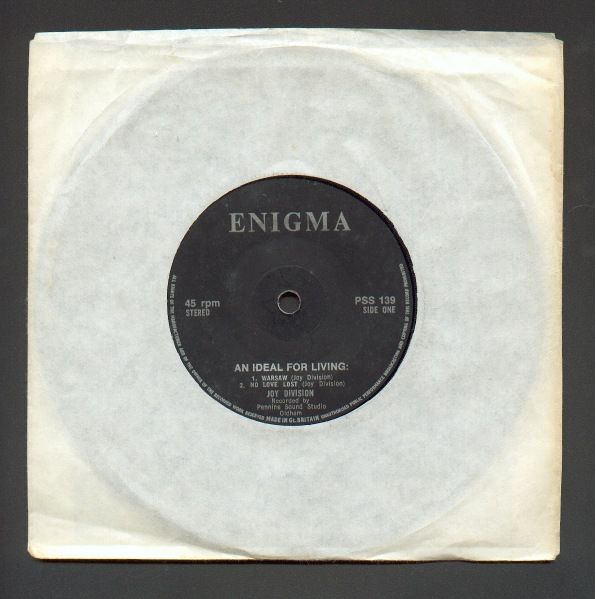
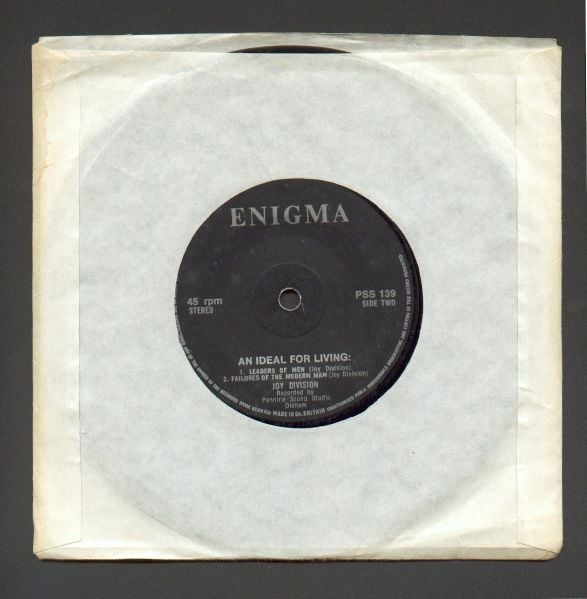
The 4 track EP was recorded at Pennine Sound Studios in Oldham on December 14th, 1977, with the sessions being self-financed by the band, on a budget of only £400.
The packaging was put together on singer Ian Curtis’ kitchen table with the help of his wife Deborah Curtis. Each copy had to have the sleeve folded along and bagged along with each copy of the 7-inch vinyl record.
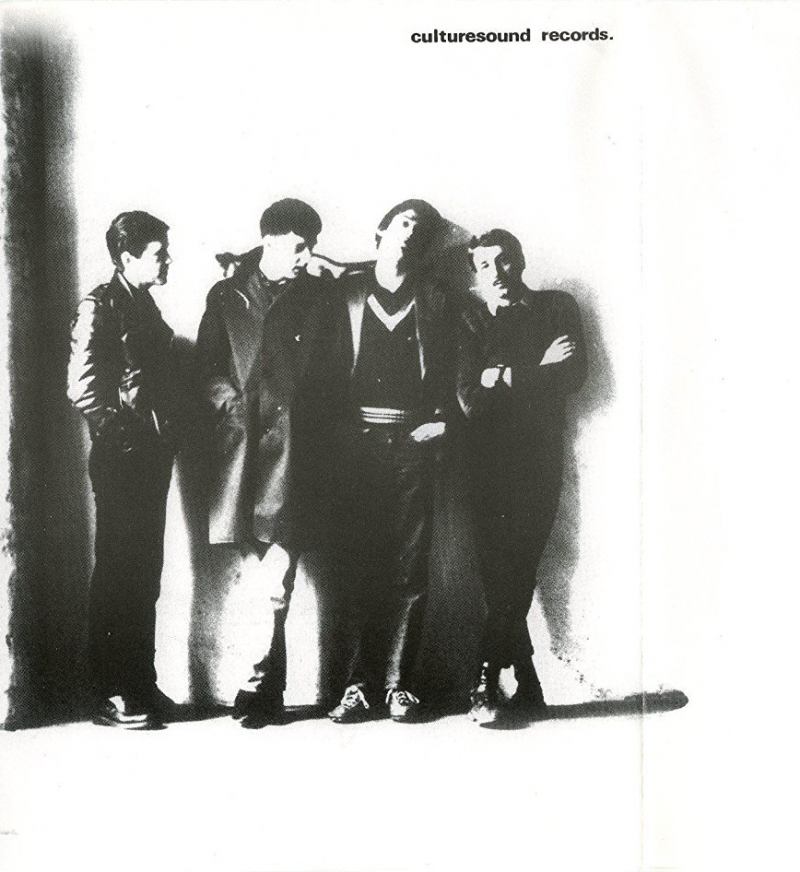
Adding to the Nazi controversy over the new band name “Joy Division”, An Ideal For Living featured a black-and-white picture of a blond Hitler Youth member beating a drum. The sleeve’s artwork was drawn by guitarist Bernard Sumner with the words “Joy! Division” printed in a German font. It certainly did not help that Sumner signed the work as Bernard Albrecht.
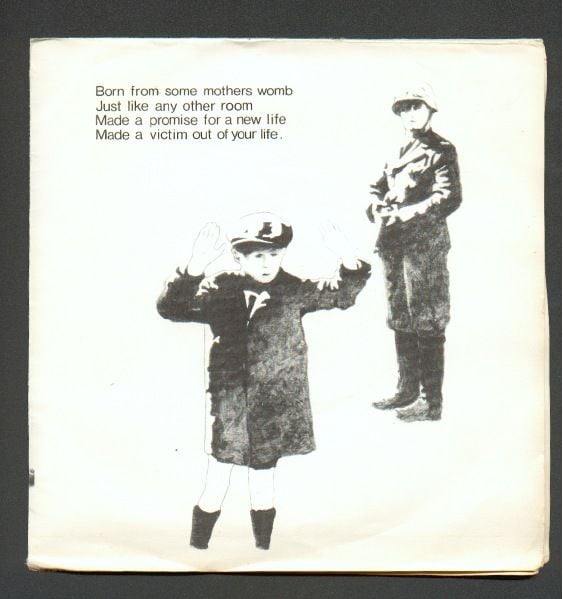
On the 12-inch vinyl re-release of the EP, this controversial artwork was replaced by a more minimalist sleeve featuring an image of scaffolding.
The reissue was necessary almost immediately, as the initial 1200 pressings were almost unlistenable due to the exponential degradation of audio fidelity resulting from the length of the 4 tracks on a mere 7 inch. This ultimately caused the stock of the vinyl to be thinned out with the resulting sound output becoming very muffled and quiet overall.
Because of this, a two-page disclaimer was sent out by drummer Stephen Morris explaining the problems with audio fidelity to select music journalists.
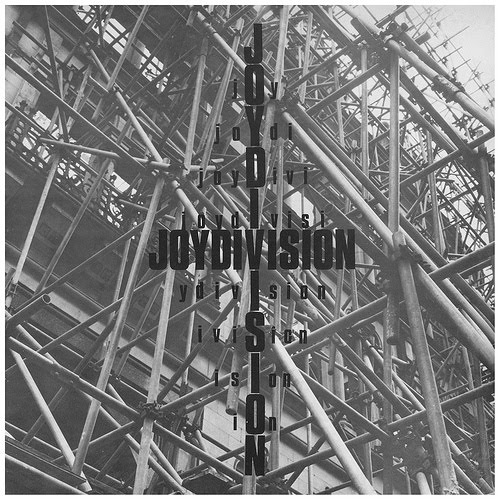
The Nazi references did not just end with the sleeve’s artwork, as the opening track “Warsaw” can be considered an exaggerated biography of Hitler’s deputy Rudolf Hess. Hess had undertaken a solo flight to Scotland on May 10th, 1941, hoping to arrange peace talks with the Duke of Hamilton, but was immediately arrested upon his arrival and was held in British custody until the end of the war.
The track begins with “3 5 0 1 2 5 Go!” and features a chorus repetition of “31G”. “31G-350125” was Hess’s prisoner of war serial number after he was captured in Scotland. The “31” indicates the European theatre of war and the “G” naturally stands for “G” German.
Of the other 3 songs on the arguably punk EP, only “No Love Lost” with its undeniable krautrock influences indicated the band’s future development in defining the new wave of post-punk music emerging in Manchester and London.

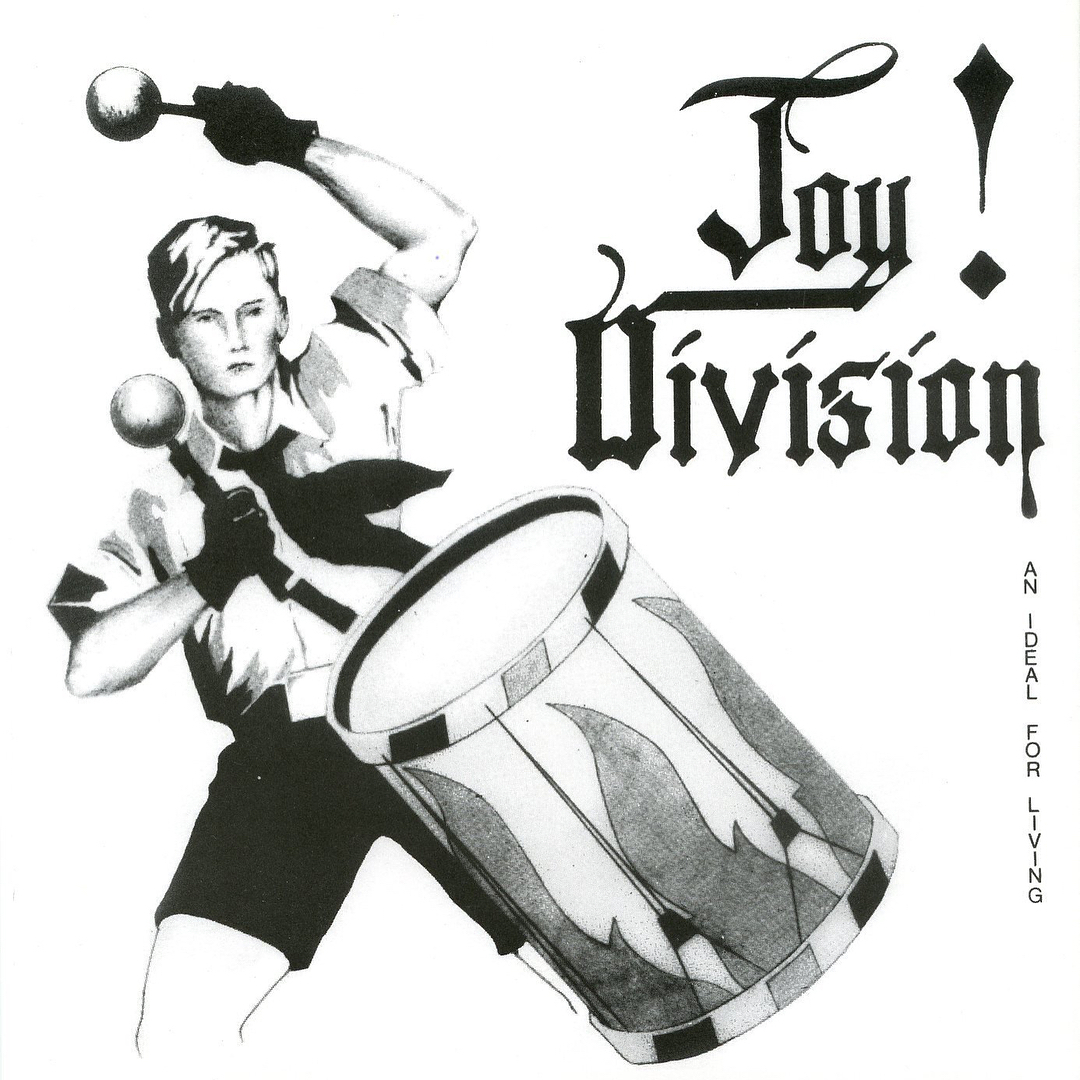

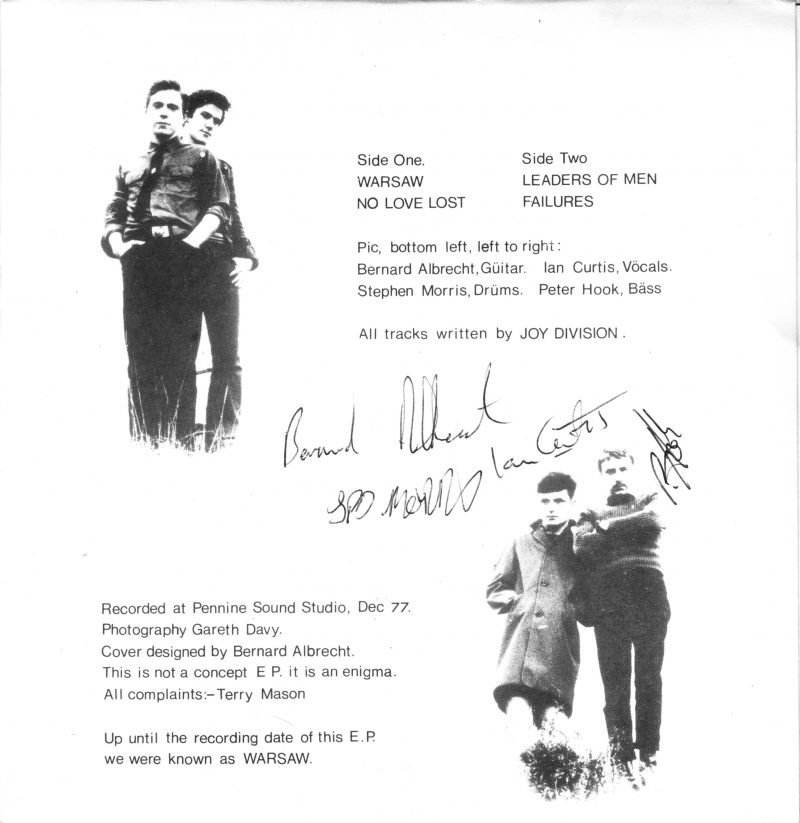


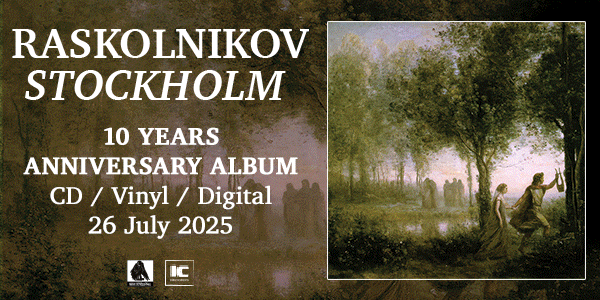









 Or via:
Or via: